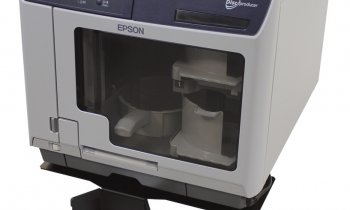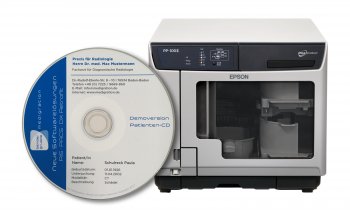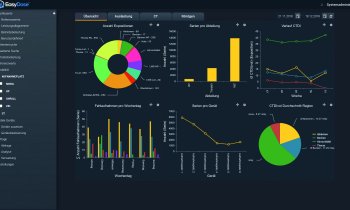Software directs data from medical machine to EPR
Medical Interconnect aims to smoothly transmit data produced by medical equipment to the hospital information systems (HIS). Thomas Breig, Head of Distribution - Digital Hospital at Hewlett Packard and Jens Dommel, who is responsible for Healthcare/Communes/Non-profit Organisations at Microsoft Germany GmbH, explained the purpose of this software to Denise Hennig, of European Hospital

‘Medical Interconnect makes it possible to feed data directly from medical equipment into an electronic patient file (EPR),’ Thomas Breig explained. ‘The EPR is then available digitally and accessible for all authorised staff.’
How does the software work, given that hospitals still have so many isolated IT environments?
‘Compared with standards in private industry, hospitals do appear to have many different, insular solutions, which are connected via individual programmes, or individual interfaces. Medical Interconnect is based on the respective standard products supplied by Microsoft, and results from experience that HP gathered during an integration project in Norway, which was set up for just this purpose. In this context, we have used the appropriate modules from our partner company, Cardiac, to enable us to connect equipment that previously we have not been able to integrate. It would be an exaggeration to claim that we have achieved 100% coverage instantly. However, it is fair to say that we have been able to connect quite a number of devices so far.
Does this mean you do not need a special network structure, but could work with almost any of them?
‘Theoretically, yes. Practically, no. Once the volume of data exceeds a certain level you do need an appropriate network infrastructure. Many hospitals recognise the importance of a unified and future-proof infrastructure to ensure transmission of information. In this context we can see that the infrastructures for conventional telephone systems and IT systems are increasingly integrated.’
The time it takes to implement a system varies, depending on the type of equipment, and on how many devices need to be integrated, he said. ‘Currently it tends to be mainly cardiotocographs (CTG), laboratory systems, ECGs and endoscopy equipment that are being integrated, but the numbers and types of equipment are growing continuously.’
Asked what role Microsoft plays in overcoming incompatibility between machines, Jens Dommel said the group has built a reference architecture for healthcare, known as the Connected Healthcare Framework (CHF). ‘This can be used as a blueprint for the development of service-orientated architectures in healthcare,’ he explained. ‘CHF facilitates co-operation between the different types of equipment and different applications. Microsoft supplies standard software for this purpose.
‘Medical Connect uses mainly the BizTalk Server, which works as a data platform and ensures not only that the individual interfaces between equipment and applications work, but also that communication between different types of equipment is facilitated. As a central module within Medical Interconnect, the BizTalk Server simplifies the integration of new equipment. It provides the intelligence to understand different “languages”. Combined with products supplied by HP, the BizTalk Server can also establish connections with non-IP systems; at this point the server works like a universal interface engine that takes on the function of a universal interpreter and orchestrator.
‘A further advantage is that individual interfaces can be used again,’ Dommel added. ‘We often have cases where individual interfaces have to be developed from scratch – which costs a lot of time and money. Through the reusability of interfaces we are saving these costs. To what extent the interfaces can be reused and exactly what the cost savings are depends on the equipment to be integrated and its connectivity. Some machines are supplied already set up for the plug & play system, which is something to be considered when new equipment is being purchased.’
Around 90% of all medical hardware and software available worldwide today is actually being used in Germany, Breig pointed out. ‘The declared objective of both companies is the development of a standardised platform. Only the introduction of standards will help hospitals to work efficiently in the future.’
Here, Dommel was keen to add: ‘Health does not stop at borders. We need international standards such as HL7 or DICOM standards. There is no reason why we shouldn’t be able to build a networked healthcare platform across borders.
03.07.2007











